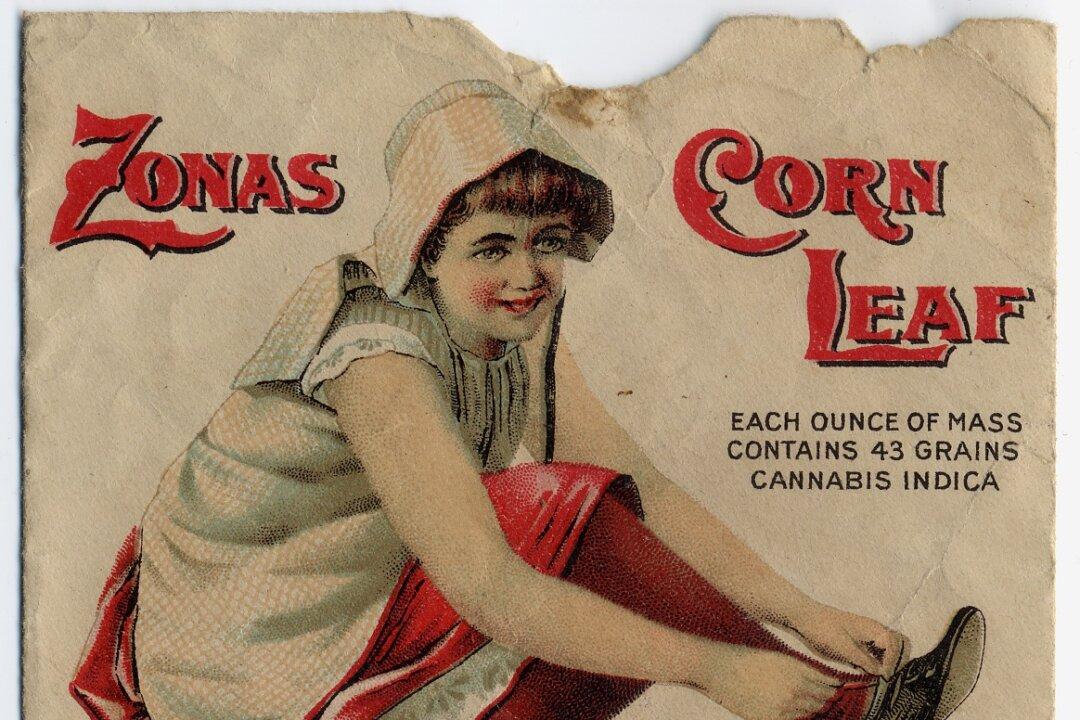NEW YORK—Rococo painter Jean-Antoine Watteau (1684–1721) is best known for his “fêtes galantes” (lively, gallant party) scenes. His numerous depictions of the aristocracy enjoying themselves in dreamlike, bucolic settings captured the theatricality and melancholy of the Rococo period. Yet early in his career, Watteau turned his attention to a much less glamorous subject, choosing to paint aspects of military life at a time when the then most disastrous and costliest war in French history was taking place: the War of the Spanish Succession (1701–1714).
But unlike other artists who approached the subject of war by showing either its ravages or an idealized vision of military life so as to inspire patriotism, Watteau was interested in showing the inner life of the soldier, during the quiet moments between battles—when life goes on, but not quite as usual.
Four of Watteau’s seven surviving military paintings and 12 red chalk studies, several of which are directly related to the paintings, are part of the exhibition titled Watteau’s Soldiers: Scenes of Military Life in Eighteenth-Century France currently showing at The Frick Collection.
The works reveal the painter’s unorthodox vision, as well as his unusual working methods.






